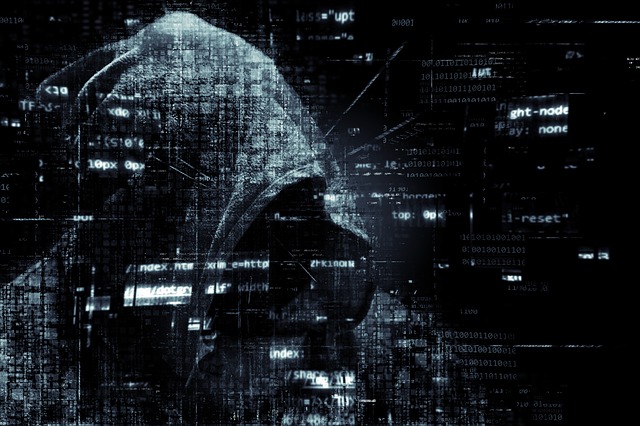At the end of 2023, the Department of Justice released a public safety alert regarding online sextortion crimes against children and teens. According to CNN, predators targeted “[a]t least 3,000 minors, mostly boys” with sextortion schemes. In comparison to previous years, online sextortion crimes dramatically increased, prompting the public safety alert. But what exactly is sextortion? And how can schools prevent sextortion crimes on school computers?
What Is Sextortion?
The term “sextortion” includes both a crime of a sexual nature and extortion. The Department of Justice describes sextortion as “when an individual, often a child, is threatened or blackmailed, usually online, by a person demanding sexual content (photos/videos) or money from the child against his or her will.” CNN reports that recent online sextortion schemes have “targeted boys ages 14 to 17 – though some as young as 10.” Tragically, this led to death by suicide for at least twelve boys. This problem is both acute and urgent. As such, FBI Director Christopher Wray urged “parents and caregivers to work with us to prevent this crime before it happens and help children come forward if it does.” This, of course, includes school administrators and personnel.
Sextortion Crimes on School Computers
The severity and frequency of recent sextortion schemes makes students vulnerable any time they are online – even at school. Therefore, it is essential that schools take action to protect vulnerable students from these predators. EdWeek urges schools to teach media literacy skills to help students recognize manipulation and abuse. In fact, New Jersey recently passed a law requiring media literacy education in K-12 schools. However, education takes time, and students make mistakes. The gravity of the situation makes it necessary for schools to further protect students from sextortion crimes on school computers. Screen monitoring software like LearnSafe can detect predatory behavior, including sextortion. Installing LearnSafe on school computers prevents crime before it happens and ensures student safety.


